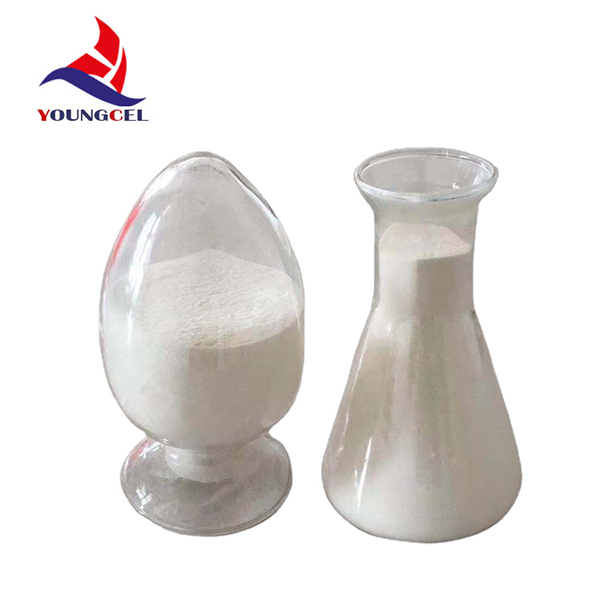Hydroxypropyl Methyl Cellulose (HPMC) An Overview
Hydroxypropyl Methyl Cellulose (HPMC) is a versatile, water-soluble polymer derived from cellulose. It was first invented in the 1950s and has since gained significant attention in various industries, including pharmaceuticals, food, construction, and personal care. This article aims to provide a comprehensive overview of HPMC, exploring its properties, applications, and benefits.
What is HPMC?
HPMC is a modified cellulose ether, meaning it is made from natural cellulose that has been chemically modified to enhance specific properties. It is produced by reacting cellulose with propylene oxide and methyl chloride, resulting in a polymer that contains hydroxypropyl and methyl functional groups. This modification makes HPMC soluble in water while retaining its thickening and film-forming capabilities.
Properties of HPMC
HPMC exhibits a range of unique properties that make it particularly useful in various applications
1. Water Solubility HPMC is soluble in warm and cold water, making it an excellent choice for formulations requiring consistency and stability.
2. Thickening Agent It acts as a thickening agent in numerous products, influencing viscosity and flow characteristics.
3. Film Formation HPMC can form a flexible, stable film when dried, which is beneficial for coatings and adhesives.
4. Controlled Release In pharmaceuticals, HPMC is used for controlled-release formulations, allowing for extended therapeutic effects.
6. Thermal Stability It remains stable across a range of temperatures, which is essential for many industrial applications.
Applications of HPMC
hydroxypropyl methyl cellulose (hpmc)

Due to its properties, HPMC finds applications in various fields
1. Pharmaceuticals In the pharmaceutical industry, HPMC is used in tablet formulations as a binder and a coating agent. It aids in the control of drug release profiles, ensuring that medications are released at a desired rate over time. HPMC is also a common ingredient in eye drops and other liquid formulations.
2. Food Industry HPMC is utilized in food products as a thickener, stabilizer, and emulsifier. It helps maintain texture and consistency in various food applications, such as sauces and dressings, while also serving as a low-calorie alternative to fat.
3. Construction In construction, HPMC is added to cement and plaster formulations to improve workability and water retention, enhancing the performance and durability of building materials.
4. Personal Care Products HPMC is commonly found in cosmetics and personal care products, including lotions and creams, where it serves as a thickener and helps stabilize emulsions.
5. Agriculture In agriculture, HPMC is used in controlled-release fertilizers and pesticide formulations, helping to improve the efficiency and effectiveness of agricultural products.
Benefits of Using HPMC
The use of HPMC provides several benefits across various industries
- Versatility HPMC can be tailored to specific applications by adjusting the degree of substitution and molecular weight, making it suitable for a wide range of products. - Harmless to Health Its biocompatibility and GRAS status make it an ideal ingredient in food and pharmaceutical products, ensuring it does not pose health risks to consumers. - Environmental Impact Being derived from cellulose, HPMC is biodegradable. This property is increasingly valuable as industries shift towards more sustainable practices.
- Cost-Effectiveness HPMC offers a cost-efficient solution for achieving desired product characteristics without requiring extensive formulation changes.
Conclusion
Hydroxypropyl Methyl Cellulose is a highly adaptable and valuable polymer that plays a crucial role in various sectors, from pharmaceuticals to food and construction. Its unique properties, coupled with its safety and environmental benefits, make HPMC a preferred choice for many manufacturers seeking reliable and effective solutions. As innovation continues, the potential applications of HPMC are likely to expand further, solidifying its position as an essential ingredient in modern product formulations.
-
The Application and Significance of Construction RdpNewsMay.19,2025
-
Industrial Grade HpmcNewsMay.19,2025
-
Building Coating Adhesive Building Coating Adhesive HpmcNewsMay.19,2025
-
Application Of Hpmc For Detergent For Detergent In DetergentsNewsMay.19,2025
-
Application Of Hpmc Cellulose In Cement-Based MaterialsNewsMay.19,2025
-
Application Of High Quality Hpmc For Construction In The Field Of ConstructionNewsMay.19,2025




